
For more than 3 years, Mr. Hoang Van So's family in Mai Chung village, Xuan Hoa commune, Bao Yen district has not received payment for forest environmental services, although out of the total of more than 4 hectares of production forest under management, 0.8 hectares have been confirmed to be eligible for payment. Mr. So shared: "My family mainly grows cinnamon. In previous years, thanks to the forest environmental service fee, we had more money to buy fertilizer and seedlings. But for the past 3 years, due to not receiving payment, investment in the forest has also stagnated."
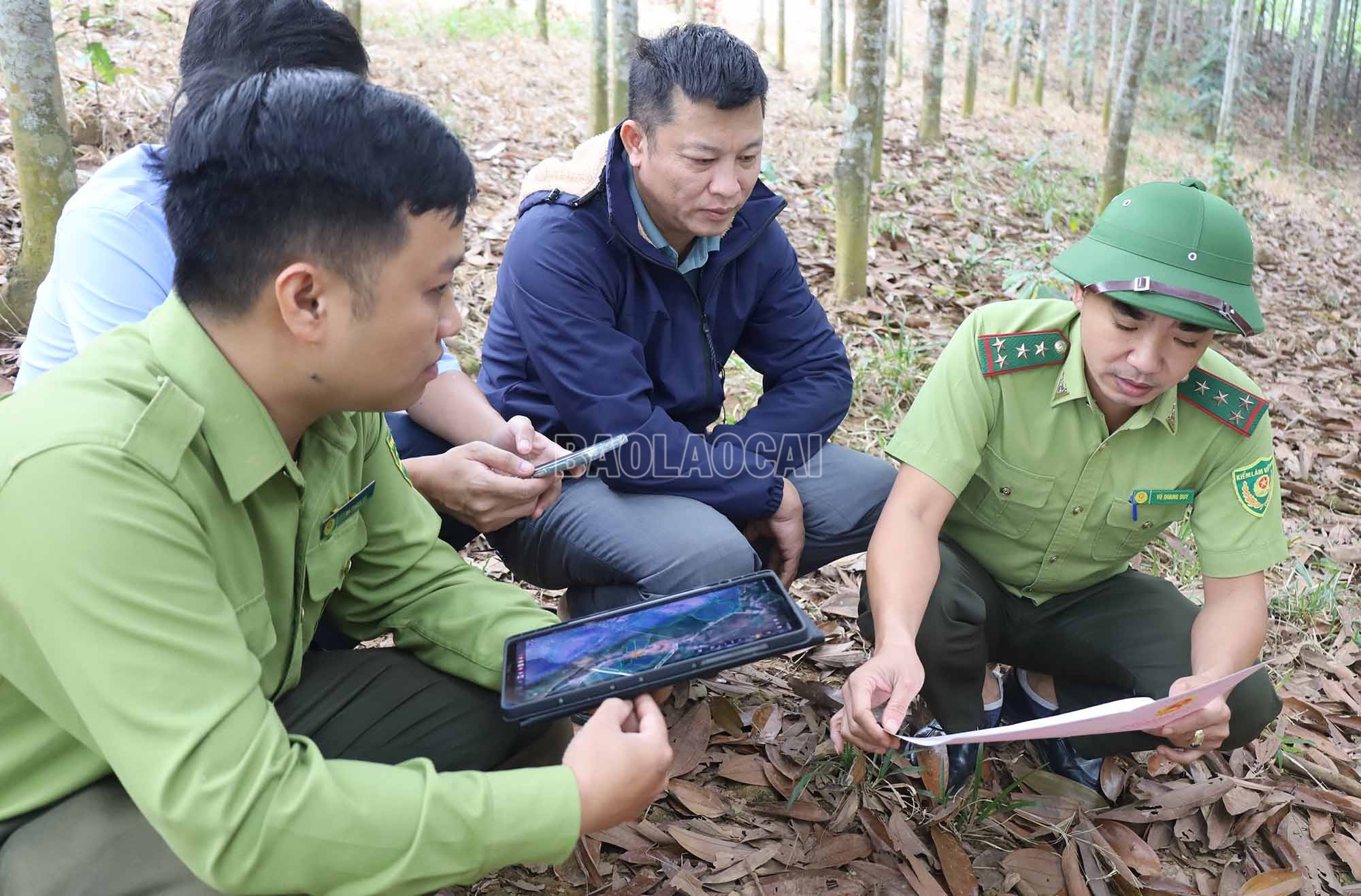
Not only Mr. So's family, but thousands of households in the province are also in a similar situation. According to statistics from the Provincial Forest and Environment Protection Fund, there are currently about 20,000 households and individuals who are forest owners but have not yet received payment for forest environmental services, with a total outstanding amount of more than 70 billion VND.
The main reason comes from the inconsistency between the land area on paper and in reality, in many cases, one forest area is declared to be managed by two households, or the location in the land use right certificate (red book) is in one place and the location being managed and cultivated is in another place... Faced with this situation, in 2025, Lao Cai province decided to pilot a lump-sum payment model for groups of households and residential communities in 22 villages and hamlets with 261 households, the total payment amount this time is more than 4 billion VND. Bao Yen district and Sa Pa town are the two localities chosen to carry out the pilot.

In Mai Thuong village, Xuan Hoa commune (Bao Yen) - one of the villages and hamlets piloting this form of payment, there are currently more than 150 households managing nearly 180 hectares of planted production forests benefiting from the policy. Previously, payments for forest environmental services were made directly to each household, but from 2021 to now, payments have been suspended due to legal problems. Mr. Hoang Van Thuong, Head of Mai Thuong village, said: “People manage planted forests, not natural forests, but still play a big role in protecting the ecological environment. When informed of the lump-sum payment according to the community, people agreed very much. The village held a meeting, unanimously elected a group of three representatives to open an account, receive the money and redistribute it to each household according to the area that has been publicly listed.”

According to Mr. Thuong, the policy of paying for forest environmental services has motivated people to preserve forests better, gradually reduce early exploitation, and shift to caring for and investing in planting large timber forests. "The money for forest services is not large but very practical. With more money, people worry about buying seeds and fertilizing more forest trees," said Mr. Thuong.

Mr. Hoang Van So, Mai Chung village, Xuan Hoa commune - a beneficiary of the policy, was very excited about the new approach. Mr. So said: “The village acts as a representative, stands up to receive households and then divides them publicly and transparently, which is reasonable. I think this approach both solves the problem of document problems and creates fairness. Upon receiving the money, the households and I also agreed to contribute a portion to the village's common fund to repair the cultural house and village roads. The rest I will invest in fertilizing the cinnamon forest, because if the trees grow well, there will be a big harvest in a few years."
Mr. Pham Van Dang, Director of the Provincial Forest and Environment Protection Fund, said: “Implementing payments to groups of households and village communities is a flexible solution in the context of many years of stagnation in payments. In reality, if we wait for each household to complete its documents, it will be very difficult to implement synchronously. Meanwhile, people are aware of protecting forests, especially production forests, an important source of livelihood for many households.”


Currently, the villages selected for the pilot have elected representative groups, and the payments will be made publicly, in the correct area and for the correct purpose. The Fund has fully instructed localities on the payment process, prepared forms, records, and organized training for representative groups to implement in accordance with regulations.
The pilot payment for forest environmental services by household groups and residential communities is a flexible and suitable solution in the context of many legal problems that have not been completely resolved. This approach not only helps ensure the legitimate rights of households directly managing forests, but also motivates people to stay with forests, contributing to effectively implementing the goal of sustainable forestry economic development associated with environmental protection.
Source: https://baolaocai.vn/go-vuong-chi-tra-dich-vu-moi-truong-rung-cho-ho-gia-dinh-post403944.html












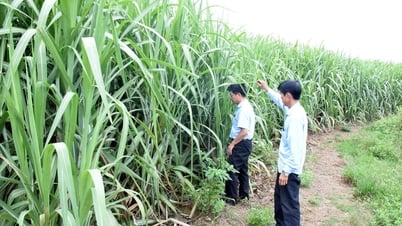

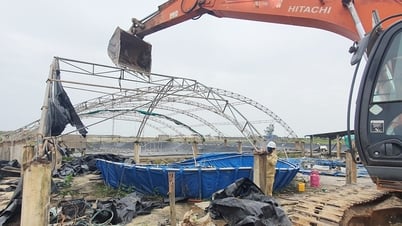





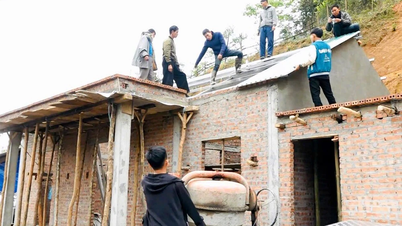




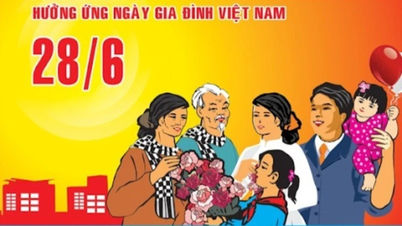
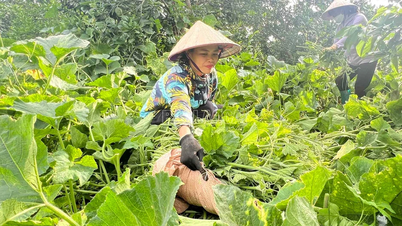

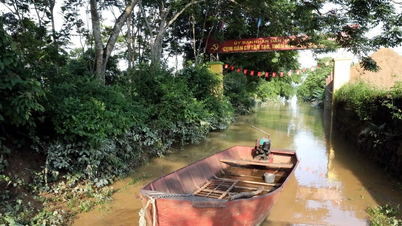






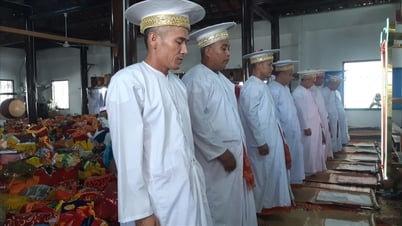





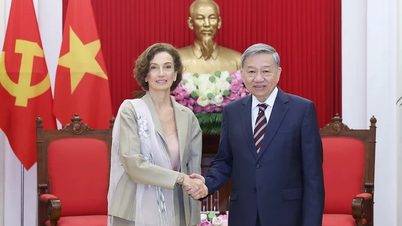





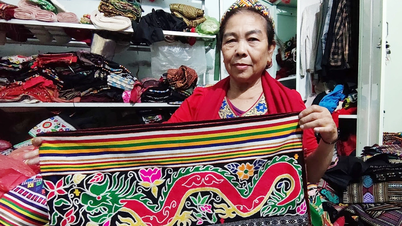

































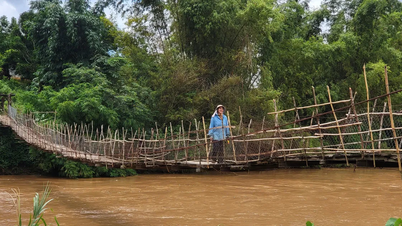

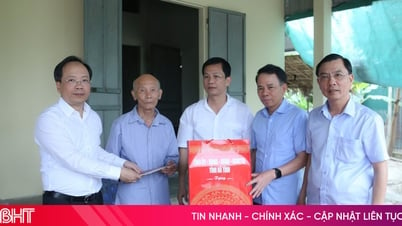

















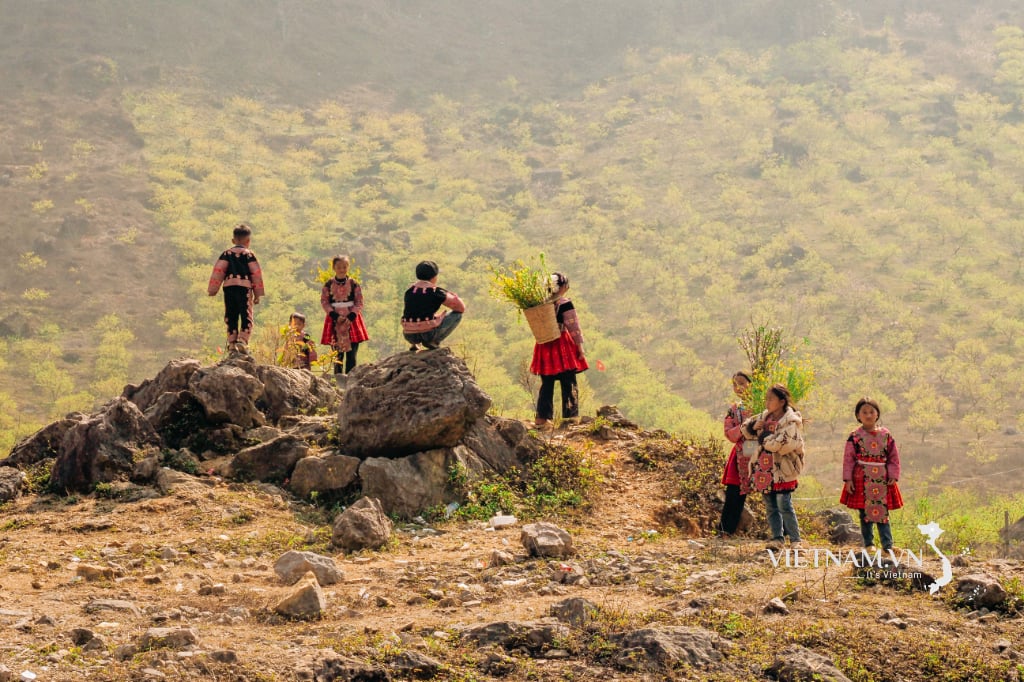
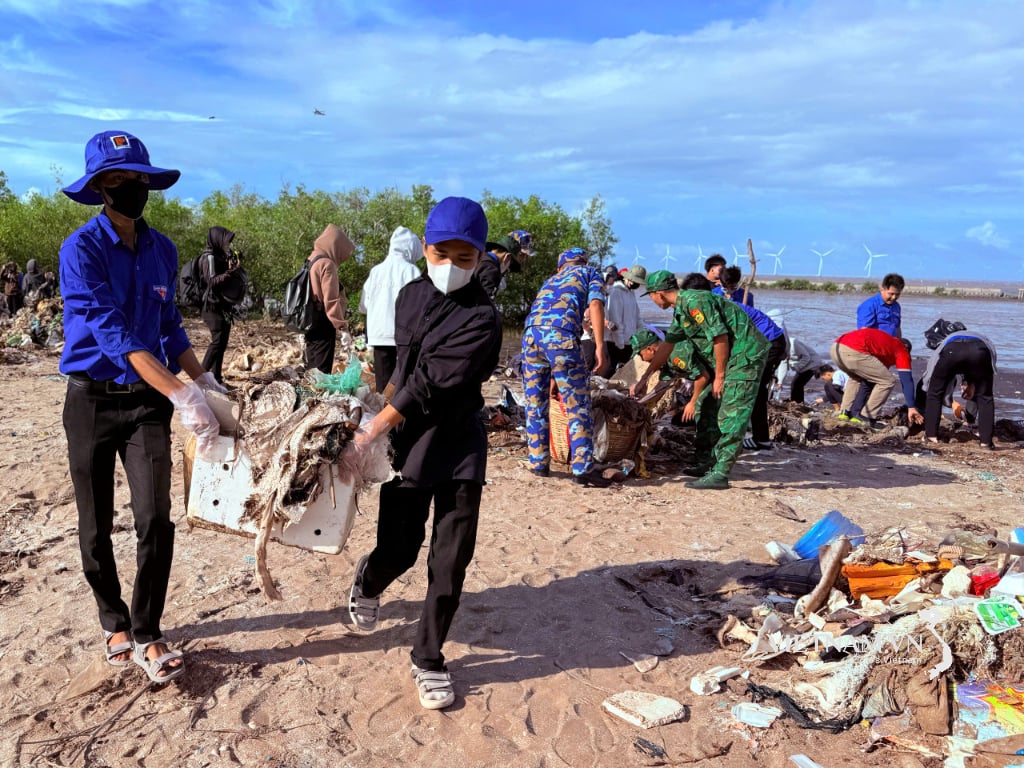
Comment (0)